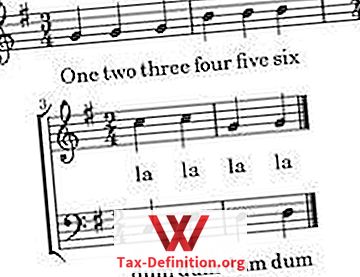
Each strophe tends to set a stanza of text, with music that is self-contained and harmonically closed. In strophic form ( AAA), strophes are the only core sections. Strophe ( A)Īs a main section, the function of a strophe section is to present the primary lyric and musical content and to provide a point at which the song might satisfyingly end. The pop form terminology used here and throughout OMT is based on the research of Jay Summach (2012). Once the first AABA cycle is complete, there tend not to be any new lyrics, only repetition of the whole or the end of the main cycle. This is typical for an AABA song-in almost all cases, they have a complete AABA cycle followed by either another complete cycle ( AABA) or an incomplete one (typically BA). "I Want to Hold Your Hand" is in AABA form, with a typical repeat of BA.Īfter the AABA cycle, “I Want to Hold Your Hand” repeats B and A again. But now it has a secondary section to add interest and tension: the bridge (and an auxiliary section, the intro, to help get the song off the ground). Thus, the strophe is still the primary section. For many people, it’s also the the more memorable part of the song. Note that the song begins and ends with the strophe, and the strophe contains the title lyrics. This new section builds tension by contrasting and withholding the main strophe theme before it returns at 1:11. However, where “Blue Suede Shoes” followed this with an instrumental strophe, the Beatles move to a bridge at 0:52. AABA form, like strophic form, relies on the strophe to communicate the main lyric and musical ideas of the song, but it adds a contrasting bridge section in the middle.Īs an example, listen to “I Want to Hold Your Hand” by the Beatles (1963).Īfter a brief introduction, the song begins with two strophes. 32-Bar Song Form (AABA)Īnother formal structure that is more common in early rock-and-roll is AABA form, also called 32-bar song form because in earlier “Golden Age” songs that make use of this structure, each section is eight measures long. However, if a song has more than one main musical idea other than strophes and auxiliary sections, it is not strophic, but AABA form, which is discussed below, or verse-chorus form, discussed in the next chapter. "I Want to Be A Cowboy's Sweetheart" is in strophic form with auxiliary modules.

Follow the form chart in Example 2 as you listen to this song, and notice that the intro and outro do not change the fundamental strophic form significantly.Įxample 2. An example of a strophic song with auxiliary sections is “I Wanna Be a Cowboy’s Sweetheart” by Patsy Montana & The Prairie Ramblers (1935). While “Blue Suede Shoes” is composed entirely of strophes, it is important to note that strophic songs can also contain so-called auxiliary sections such as intros, outros, and codas. The entire song is a repetition of this same basic pattern, or slight variations of it, modeled at 0:19–0:41.Įxample 1 is a bird’s-eye-view sketch of the form of “Blue Suede Shoes” to follow as you listen: timestampĮxample 1. Even the instrumental sections at 0:41 and 1:21 have the same underlying pattern, just a different melody in the form of a guitar solo.

Listening a bit more closely, we can hear a similar, but abbreviated, version of the same patterns at the opening of the song. Though the instrumentation and the lyrics change, the section beginning at 0:19 contains the same-or, at least, very similar-melody, harmony, and phrase structure as the sections that begin at 0:58, 1:37, and 1:54. This song contains multiple sections, all of which have the same basic underlying music. Strophic form is more common in early rock-and-roll (1950s–1960s) than in the 1970s and beyond.įor an example of a strophic song, consider “Blue Suede Shoes” by Carl Perkins (1955). Songs that repeat the same basic multi-phrase unit throughout are in strophic form (sometimes abbreviated AAA because the same basic material, A, is repeated), and the basic unit that is repeated is called a strophe.


 0 kommentar(er)
0 kommentar(er)
